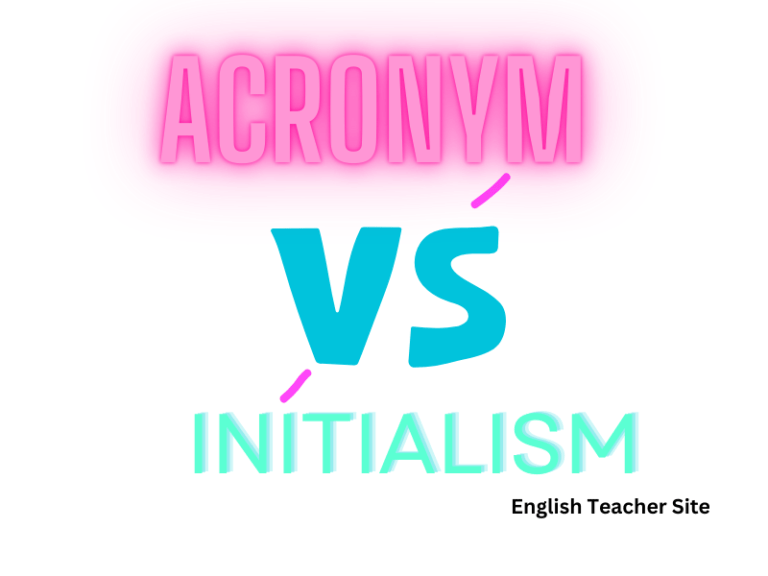How Do You Abbreviate Continued: Understanding Cont. vs Cont’d Usage

- “Cont.” and “cont’d” are the accepted forms to abbreviate “continued,” with the former being an abbreviation and the latter a contraction.
- The context and formality of the writing determine which form of abbreviation is suitable.
- Consistency in the usage of abbreviations within a document is important to maintain professionalism and clarity.
It’s common for writers to confuse “cont.” and “cont’d” or to use them interchangeably, but in essence, “cont.” is an abbreviation, while “cont’d” is a contraction. In some cases, completely spelling out “continued” may be the best course of action to avoid any confusion, although using abbreviations where appropriate can keep your writing concise.
Common Misunderstandings
| Abbreviation | Type | Usage |
|---|---|---|
| cont. | Truncation | Recommended in formal writing |
| cont’d | Contraction | Common in less formal contexts |
- Every abbreviation must be followed by a period, regardless of its form.
- Omitting the period can lead to ambiguity, as it might not be immediately recognized as an abbreviation.
- Using “contd” without the apostrophe is a common error, as it neglects to indicate that it is a contracted form.
- Abbreviations should maintain consistency within a document, so switching between “cont.” and “cont’d” is generally frowned upon.
Variations of “continued”
In English, abbreviating words is a common practice for efficiency, especially in written communication. The term “continued” can be abbreviated in different ways, depending on the context and the style of writing. Here, we will explore the acceptable variations.
Business or Formal Writing:
In a formal or business context, brevity is key, but clarity must not be compromised.
| Full term | Acceptable Abbreviation |
|---|---|
| continued | cont. |
The period indicates that the word is indeed an abbreviation, providing a clear and professional truncation of the term.
Informal or Casual Writing:
Casual writing allows for more variation and often reflects speech patterns.
| Full term | Acceptable Abbreviation |
|---|---|
| continued | cont’d |
Here, the apostrophe denotes the contraction, removing certain letters from the full term.
In both business and casual contexts, it is important to consider readability and avoid confusion. Abbreviations like con’t are discouraged due to their grammatical incorrectness. For more guidance on these variations, individuals can refer to resources like Grammarly and wikiHow.
When dealing with specific formats such as screenplays or journalistic writing, the contraction “cont’d” is often utilized. Writers should ensure that the chosen abbreviation aligns with the standard practices of their respective fields. Some instances may even call for spelling out “continued” in full to prevent any ambiguity, especially when indicating that a table, text, or discussion will carry over onto a subsequent page.
Abbreviating ‘Continued’
In written English, abbreviating words can save space and maintain clarity. The word “continued” is frequently abbreviated, especially when indicating a topic or section extends onto the following page. It is common to see these abbreviations in documents, presentations, and articles. The standard abbreviations for “continued” are “cont.” and “cont’d.” Yet, each form serves its own function in formal and informal contexts.
The Standard Abbreviations
| Abbreviation | Form | Usage |
|---|---|---|
| cont. | Truncated | Formal documents, notes |
| cont’d. | Contracted | Informal writing, casual notes |
The truncated form, “cont.,” is straightforward. It involves cutting off the majority of the word after the first syllable and adding a period to signify the abbreviation. This form is widely recognized and accepted in most formal documents, making it a safe choice for professional writing.
Importance of Consistency in Abbreviation Usage
However, consistency in their use is paramount. Consistency ensures that the reader understands the text and that the writing appears professional and polished. Inconsistent abbreviation can lead to confusion and can detract from the credibility of the text.
- Clarity: Consistent use aids in clear communication, as readers become accustomed to the writer’s style and the meaning intended by the abbreviation used.
- Professionalism: Consistent abbreviations across documents reflect attention to detail and adherence to style guides or industry standards.
- Flow: Reading is smoother when a single abbreviation style is employed, preventing the reader from pausing to interpret the text.
| Abbreviation Type | Representation |
|---|---|
| Truncation | Cont. |
| Contraction | Cont’d |
Adhering to a single type of abbreviation throughout a document or all communications from a single source can significantly enhance the text’s legibility and integrity.
How to choose Abbreviation:
When deciding between “cont.” and “cont’d,” consider the following:
- Style Guides: Consult the relevant style guide for your field as it may recommend one abbreviation form over another.
- Audience: Tailor your choice to the audience’s familiarity with the abbreviations.
- Context: Use truncation or contraction based on the formality and purpose of the document.
My name is Khamis Maiouf. I am the creator of the English Teacher Site, dedicated to providing valuable resources and insights for students around the world. With a passion for education and a commitment to helping students enhance their skills, I aim to make English teaching more effective and enjoyable for both educators and students.






